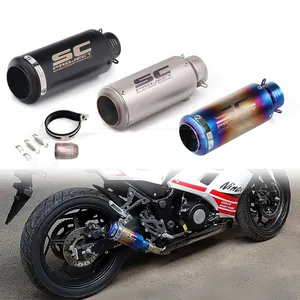Giới thiệu về ống xả titan
Alibaba.com cung cấp các sản phẩm 30726 ống xả titan. Có rất nhiều ống xả titan lựa chọn dành cho bạn, chẳng hạn như 1, 3, và m3. Bạn cũng có thể chọn từ thép không gỉ, hợp kim titan, và gr2 ống xả titan. Cũng như từ bmw, audi, và phổ ống xả titan.Và bất kể ống xả titan là hàn, cắt, hay uốn.














